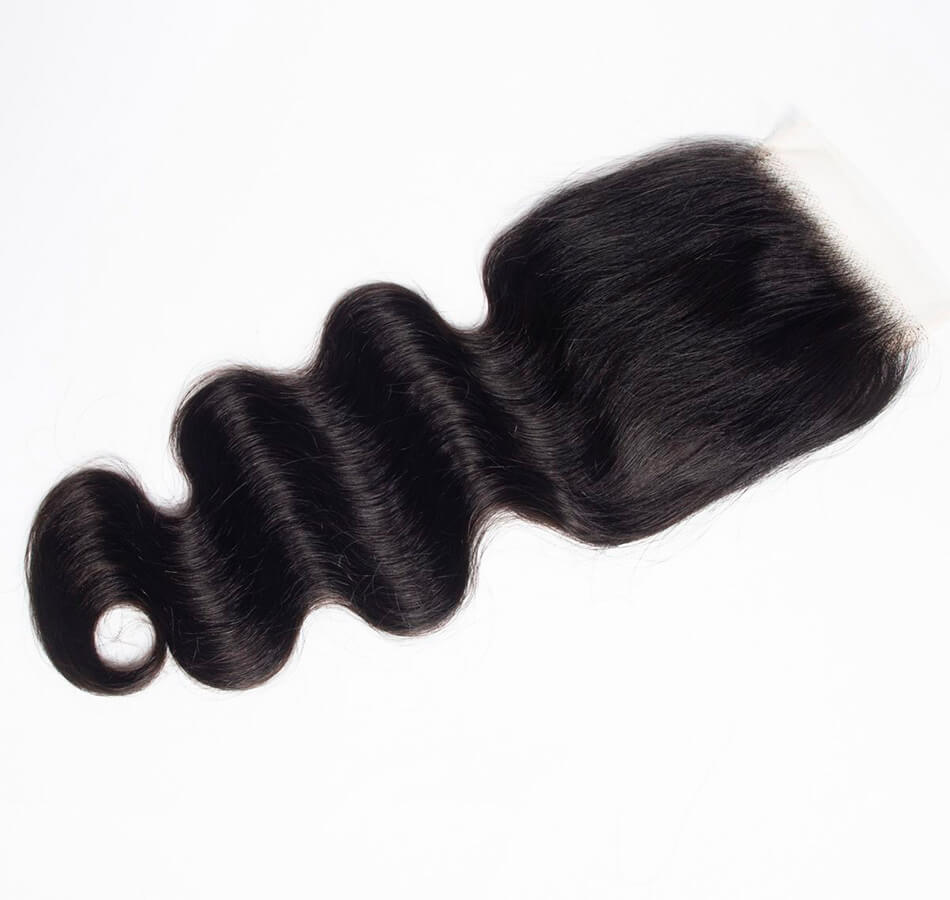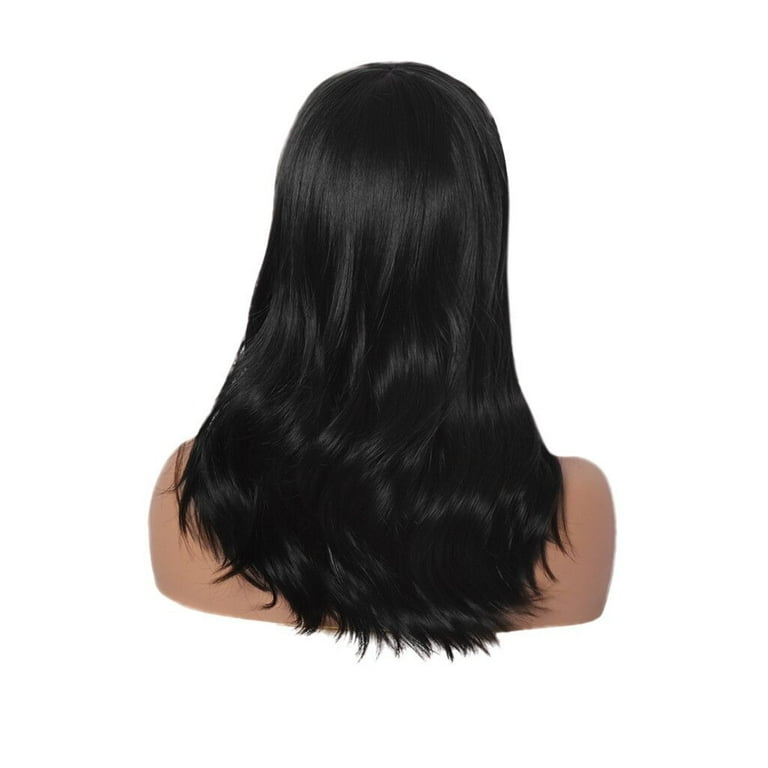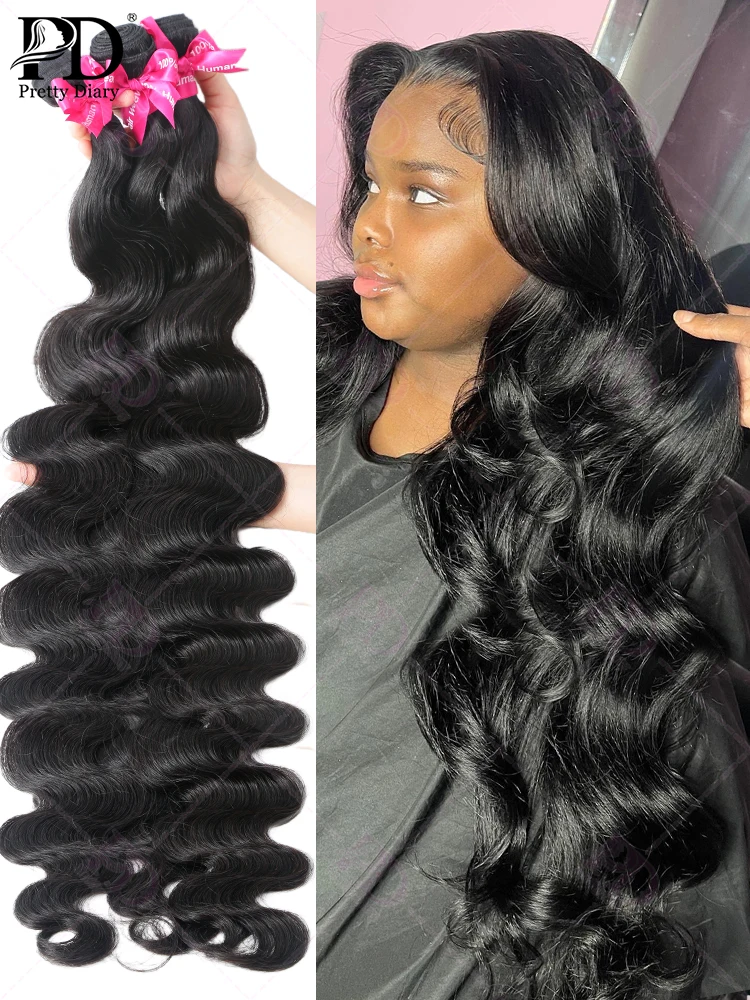
Wig Cap Construction: Choose the type of wig cap based on the desired style and comfort level. Common options include lace fronts, full lace caps, or machine-sewn caps.
Cap Measurement and Customization: Take precise measurements of the wearer's head to ensure a perfect fit. Customize the cap size and shape accordingly, considering factors like hairline placement and parting options.
Ventilation Technique: Use a ventilating needle to individually knot strands of hair onto the wig cap. This meticulous process, known as hand-tying or ventilating, ensures a natural appearance and allows for styling versatility.
Layering and Density: Layer hair strands to achieve desired volume and density, paying attention to natural hair growth patterns. Gradually increase or decrease hair density across different sections of the wig for a realistic look.
Styling and Cutting: Trim and style the wig according to the desired length and shape. Use professional styling tools and techniques to create layers, bangs, or specific hairstyles as per the wearer�s preference.
Coloring and Customization: Apply hair dyes or highlights if desired, ensuring color matches seamlessly with the wearer's natural hair or desired aesthetic. Consider custom color blends for a unique look.
Quality Control: Inspect the finished wig for any imperfections or inconsistencies in hair placement, cap construction, or styling. Make necessary adjustments to achieve a high-quality end product.
Final Touches: Secure wig combs or clips inside the cap for a secure fit. Optionally, add adjustable straps or adhesive tapes for additional security and comfort.
Packaging and Presentation: Present the wig in a protective packaging to maintain its shape and quality during storage and shipping. Include care instructions for the wearer to ensure longevity.
By following these steps with precision and attention to detail, craftsmen can create human hair wigs that offer natural-looking, comfortable, and customizable solutions for wearers seeking quality and style.








